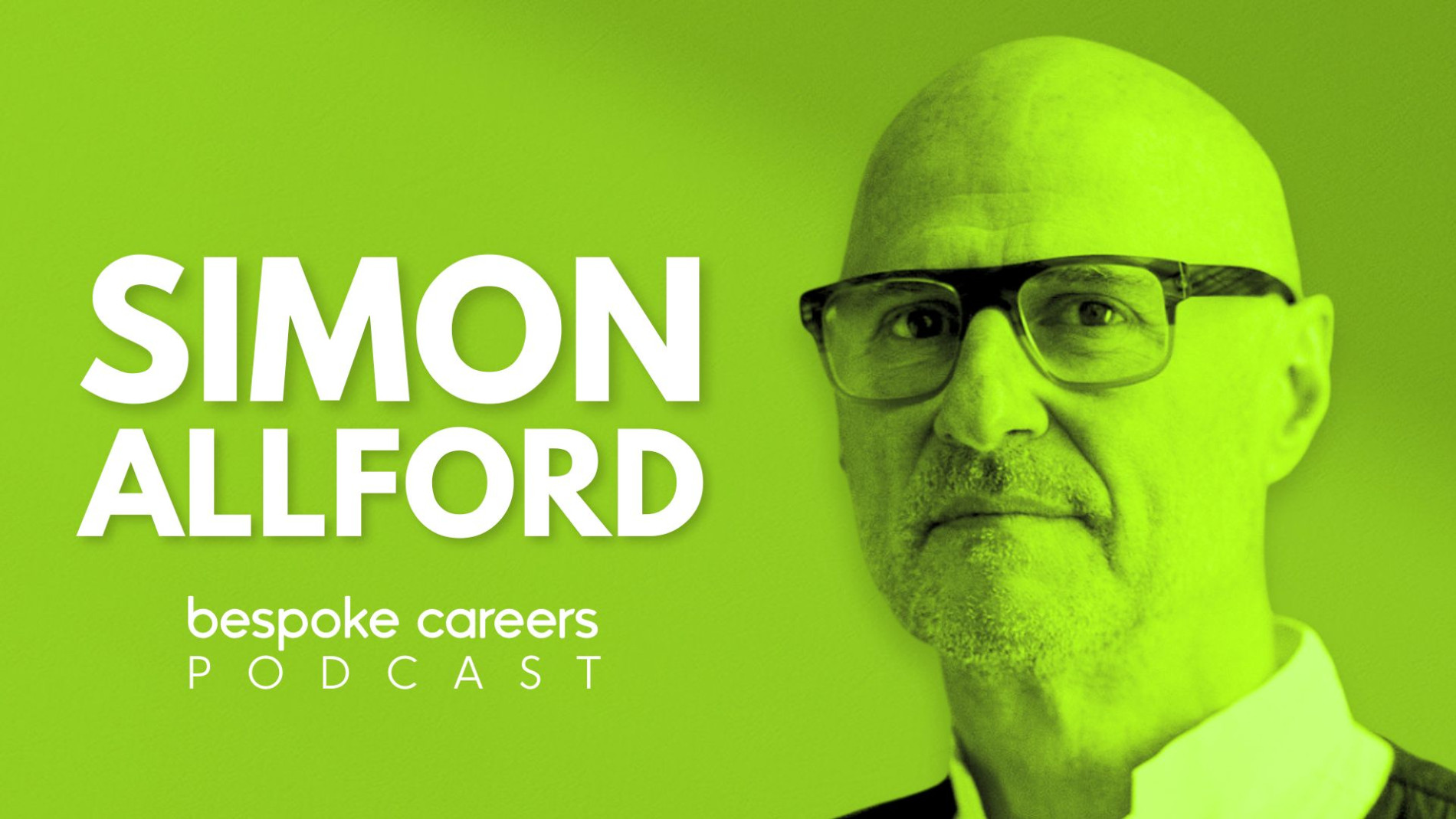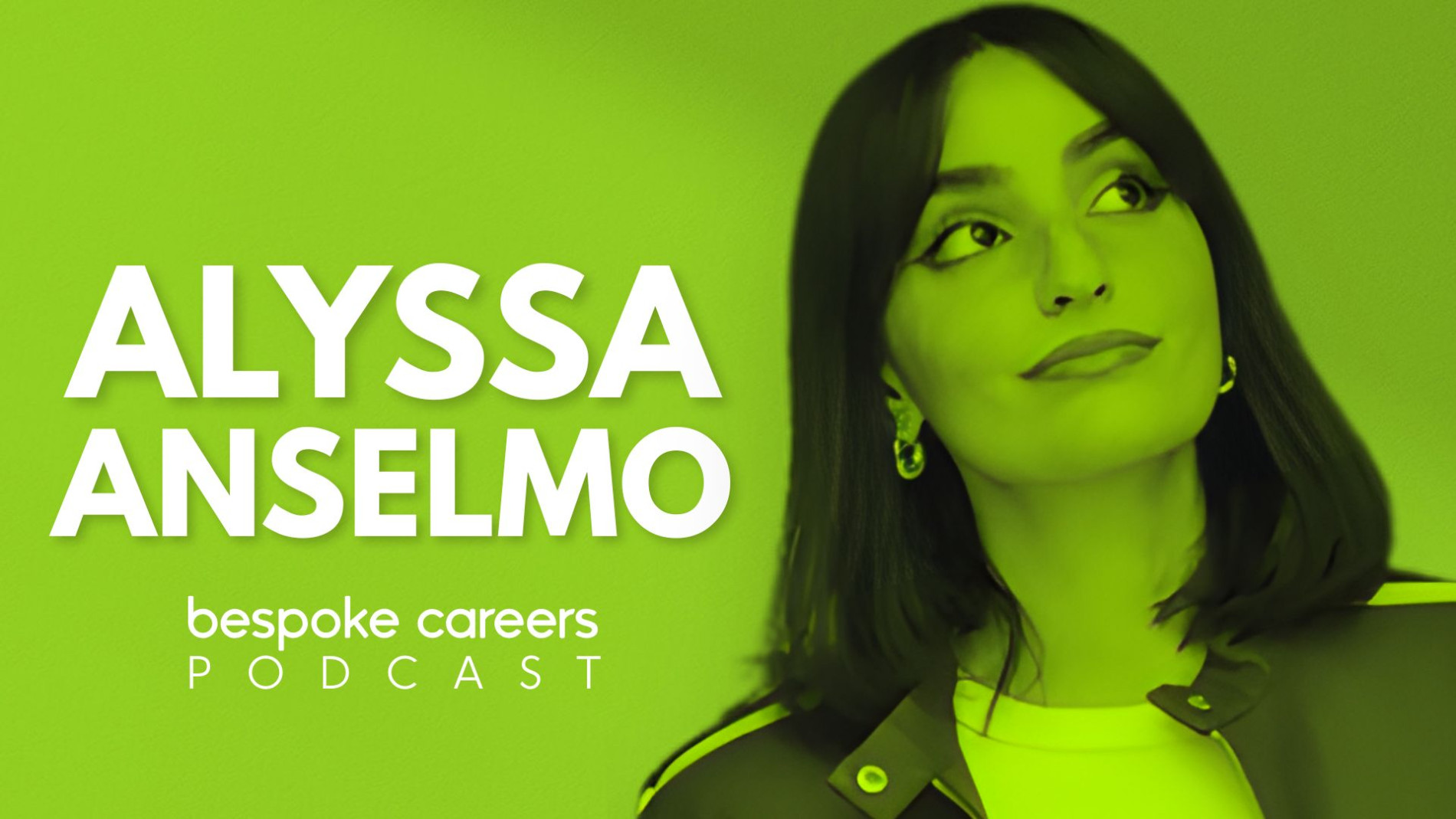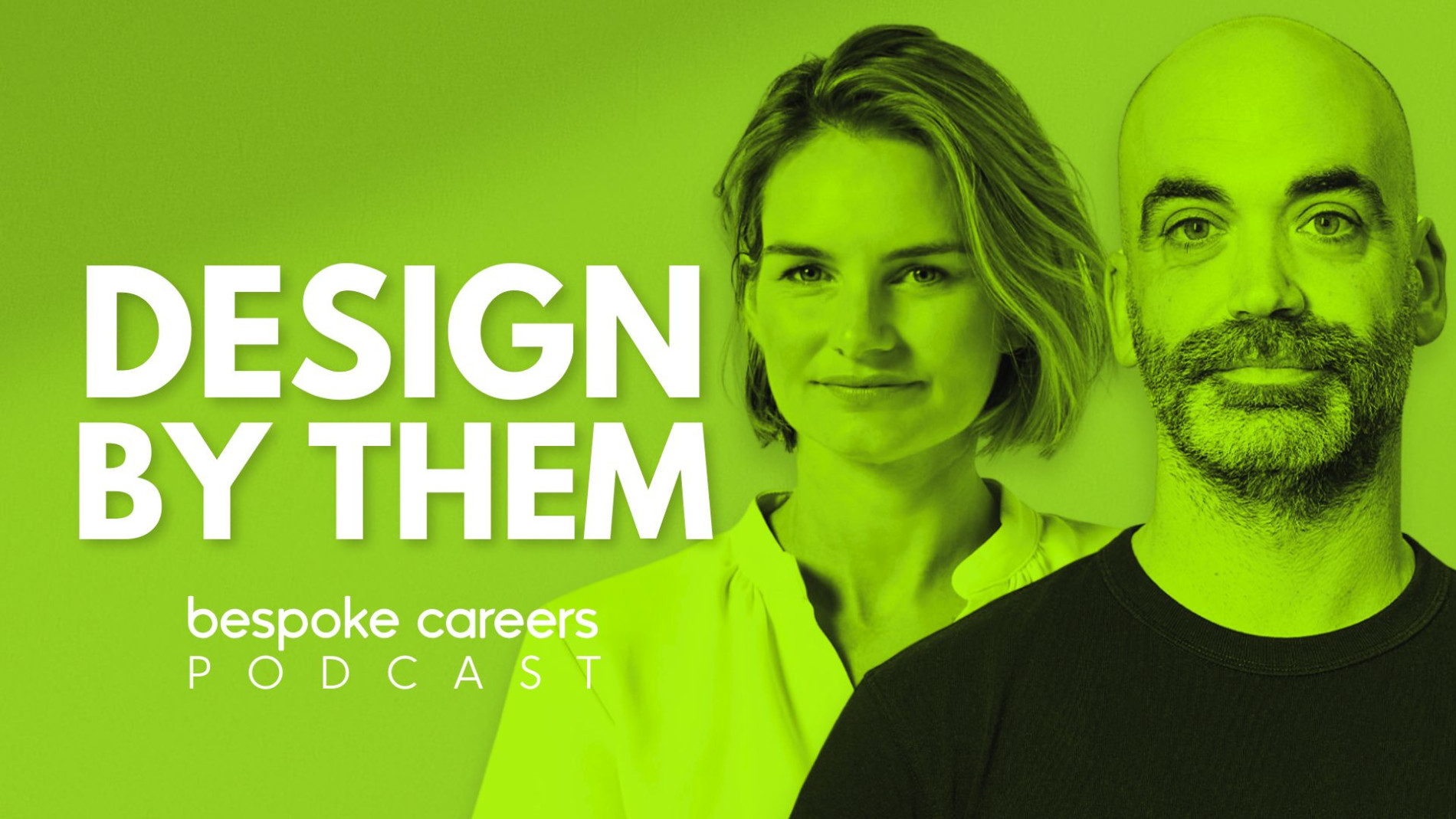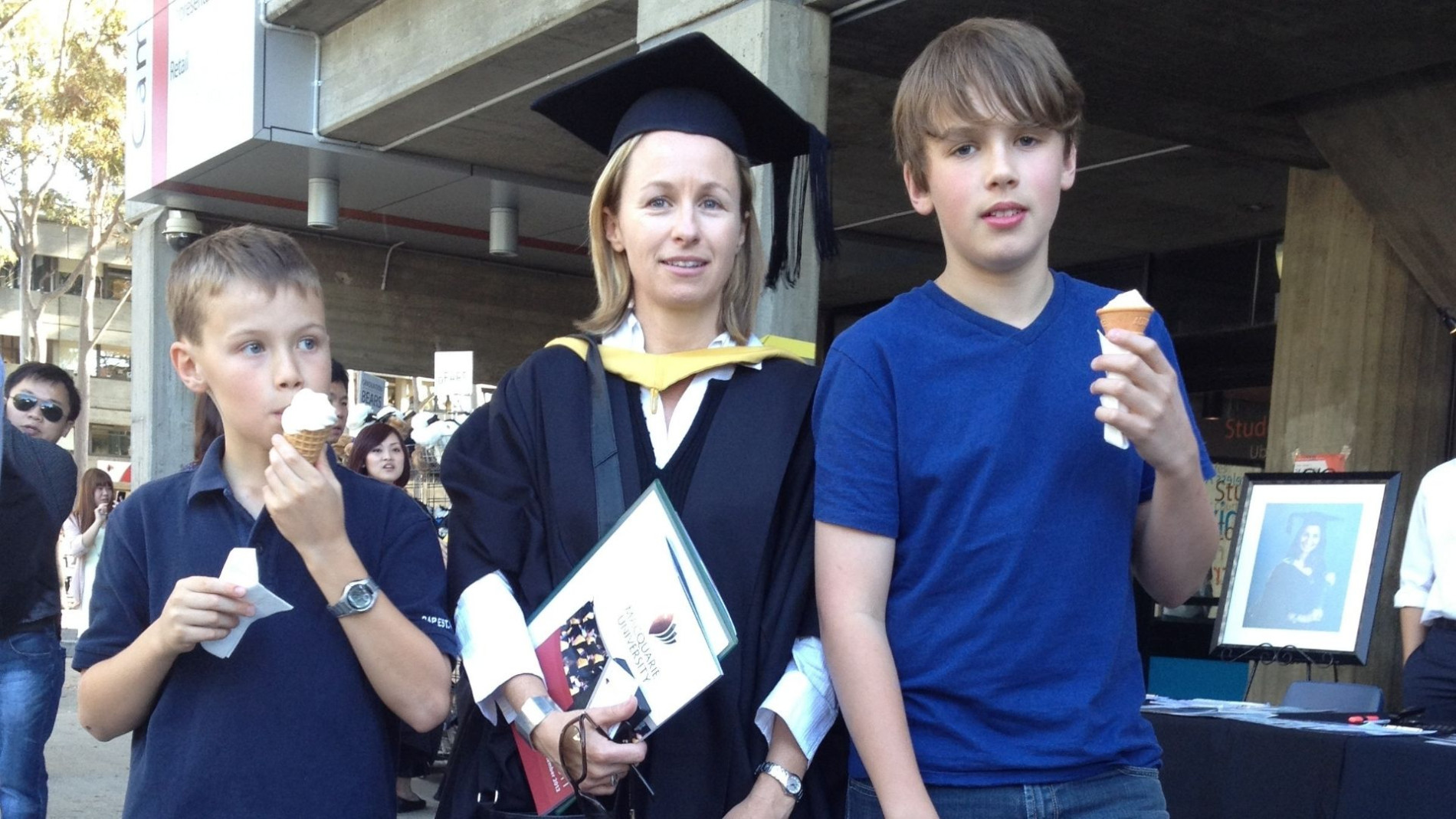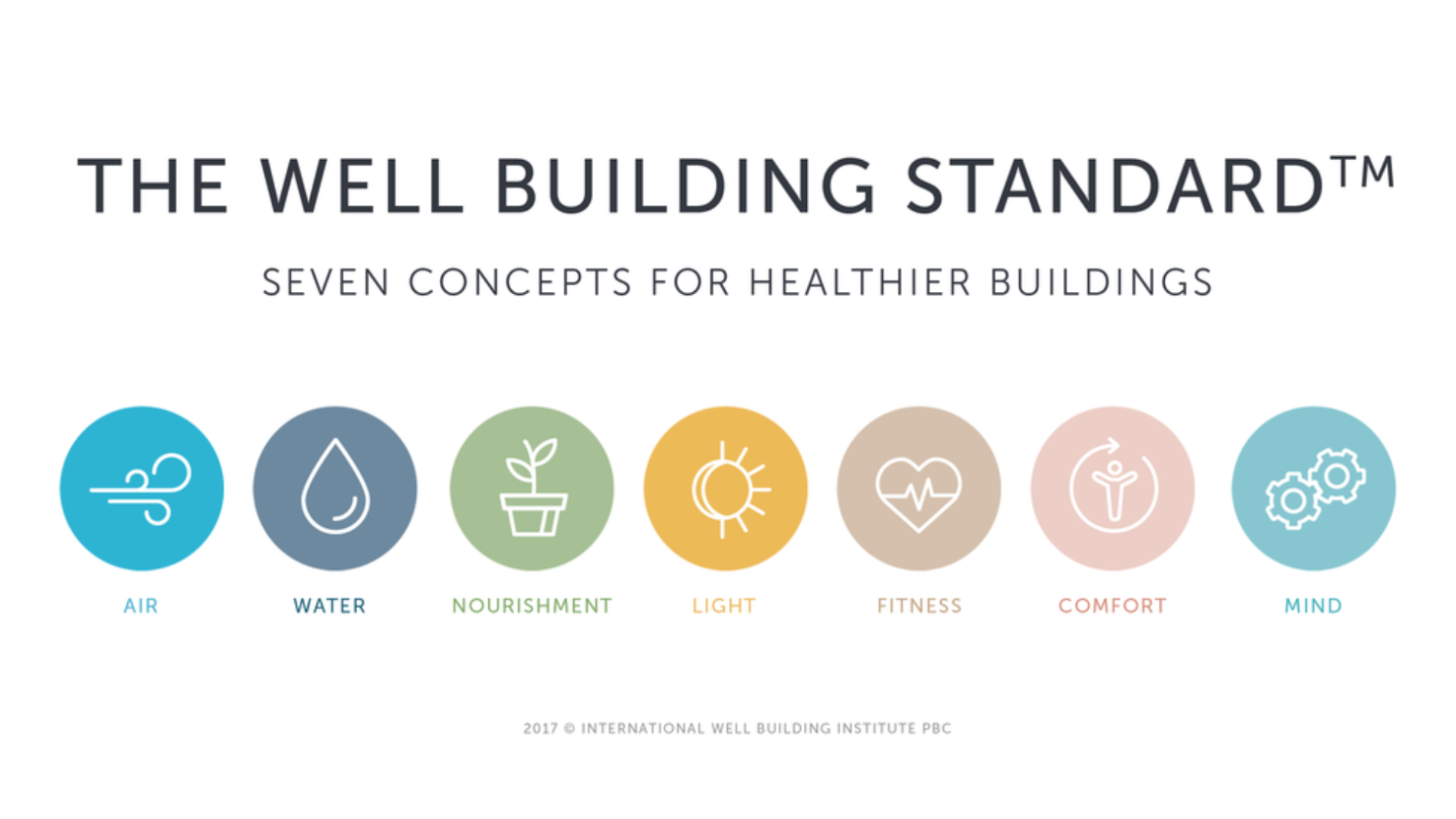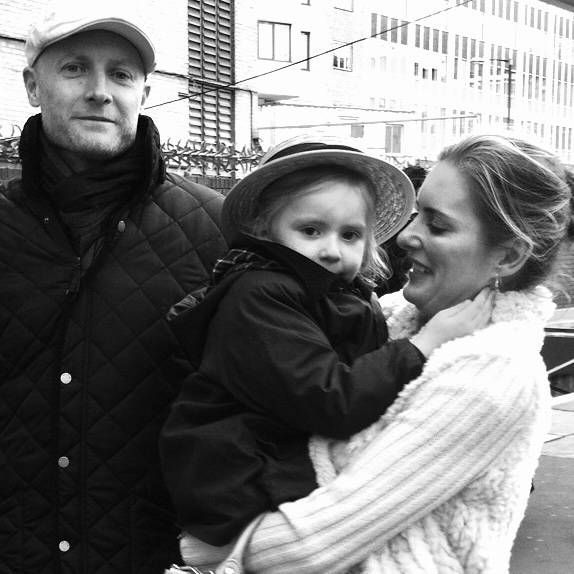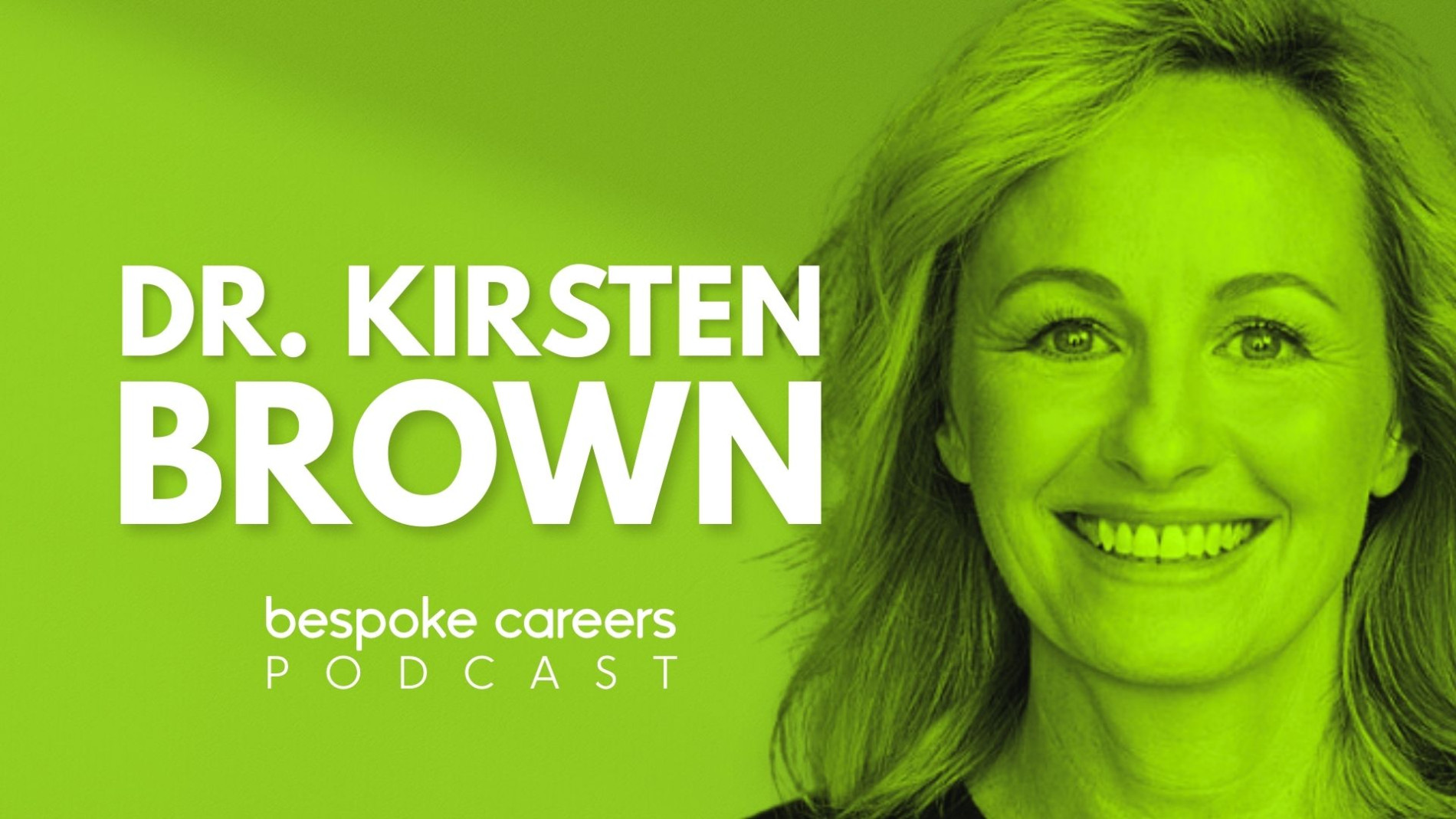
Dr. Kirsten Brown on Designing for a Healthier, Happier Workforce
We spend roughly a third of our adult lives at work. A third. That's about 90,000 hours over the course of a career. And yet, many of us have never stopped to really think about how our physical environment is shaping our mental health, our productivity, and our overall wellbeing every single day.
Today’s guest has made it her mission to understand this relationship between people and their work environments. Dr Kirsten Brown didn’t start out thinking she’d become one of the world’s leading experts on workplace health. She began as a landscape architect, moved into commercial real estate, then product strategy, before eventually earning a PhD in workplace health. But that journey – that curiosity-driven path through seemingly disconnected fields – has given her a unique perspective that most people in this space don’t have.
This conversation couldn’t be more timely. We’re living through the biggest shift in how we work since the Industrial Revolution. Hybrid working, which felt revolutionary just a few years ago, is now the norm. But as Kirsten will explain, we’re still getting it wrong in some fundamental ways. We’re still thinking about workplace design as something that gets done to employees, rather than with them.
On her background in landscape architecture…
I started out in landscape architecture because I found the relationship between how people respond and enjoy more of an external environment really interesting. While I was at school, I was really interested in natural systems. I did biology and geography, geology, etc. And that sort of led me on that path to understand the natural environment in more of a design sense.
I didn’t actually have a full understanding of what I was getting myself into when I chose this degree. Back then, we didn’t have the internet, so I actually chose Landscape Architecture based off of reading two sentences in a book. I was quite surprised that while it was all about natural systems and the environment and botany etc., design is at the centre of it. And design is not my strength. But I stuck at it because I found learning about the design process, the way you go through it, it’s quite a different way of thinking.
The other major part that really ignited my interest and continued with landscape, I had an opportunity to go to a university in America, the University of Illinois. Landscape architecture as a profession was much more highly regarded and respected and integrated into projects.
On transitioning into real estate…
It spent about a decade working as a Landscape Architect. By then I had two young children. I just wasn’t enjoying it enough. I found it very long hours. I wasn’t 100% passionate about it. I was at a point where if I was going to be away from my children, putting them in daycare, etc., it had to really count. I had to really want to be loving the work I did.
Often in projects, particularly the way landscape was positioned as part of the project, and it’s amazing to see now how much more focused we are on the environment and natural systems. Landscape as a profession is much more pivotal now. Back then, because it wasn’t as valued, I really wanted to understand what were the drivers from the client end. What did they place value on and why?
How does a deal stack up? How is a project formed? And how and why are these the parameters and how does the design process fit into that?
On transferable skills…
No study or learning is wasted. Maybe the plant names aren’t so relevant in my daily life, but the process, the thinking… design is all about problem solving in quite a clever way.
That was even relevant when I approached my PhD. My supervisor said many people that undertake a PhD find it very difficult… they do some work, they write it, and then they might just have to bin big sections of it. That’s what design is. Sometimes you head down a path and you have to go a bit to the left to know that a bit to the left is the wrong decision. It’s iterative. You’re constantly refining it. It’s never a straight path.
On company values and working at Herman Miller…
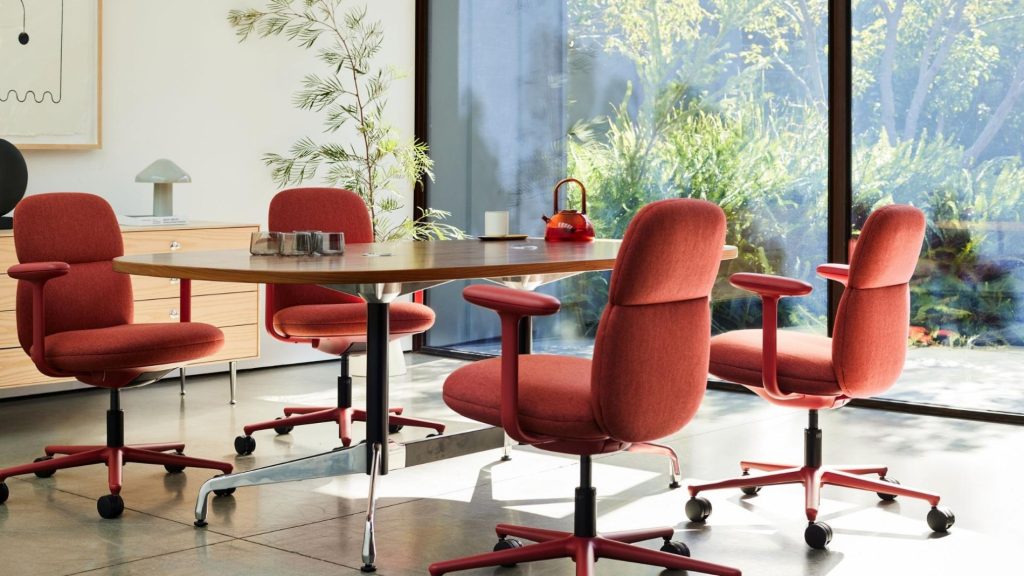
Herman Miller, Furniture Manufacturer
I’d had a stint in a construction company… I don’t know whether you’ve ever heard that expression that people say, ‘you should work in an organisation where the values align with your values.’ I never really understood what that meant, until I worked in a place where the values didn’t align. Then I understood it. Very loud and clear.
So after that, I was very specific about where I chose to work. I actually created a list of the companies that I wanted to work for.
Herman Miller was one of the companies on my list. Everything they do is very design-focused, very considered, built on evidence… the way they go about their processes was a place that aligned with my values.
They have managed to capture a history and culture built by a few very special individuals, Ray and Charles Eames and others, and it’s still embedded into their culture every day. Everything they design. That is pretty unique.
On workplace autonomy and research…
I was the only person working for Herman Miller in Sydney. So it was very autonomous. It was really helpful at the period of where I was in my life, I had two young children. I needed fully flexible working. Back then, flexible was, ‘do you want to pick your children up one day a week?’ This was truly autonomous.
I’m a motivated and hardworking person, so I just get on and do things. And I built a whole lot of skills around working with people, managing the dealers, learning how products are put together.
Before I started at Herman Miller, they had a researcher coming to Australia to understand workplace here. The researcher needed an assistant. I said, okay, I’ll do it. That was my first sort of bite, what does research look like from an industry perspective?
On pursuing a PhD…
About ten years ago every headline related to interiors and workplace was ‘sitting is the new smoking.’ I was really intrigued by that. And when I started unpicking it, doing a little bit of research, I found that behind those headlines were five people for five days. Three people for six days. The size of the data that was making these headlines, it was pretty loose.
I just started inch by inch doing some research. To do a PhD here in Australia, you pitch to a university and say here’s my idea. Then you’re funded by the federal government. I ended up in the faculty of health because I wanted that health rigour to the research, rather than more design.
Initially it started as a Masters, and they said, ‘this topic’s too big and complicated, you need to do a PhD.’ So again it wasn’t a conscious ‘I really want to do this’, it just came about. Probably the same way I started my bachelor degree.
On her research findings…
I used a case study of an organisation moving from one location to another. I had pre and post data. The new environment was designed with health and wellbeing in mind.
While many of the elements existed, biophilia, natural light, access to stairs, the bit that was missing was the communications piece. What’s known as health promotion. If you create these environments, you really need to work with people when they move in, and ongoing, to explain why the space has been designed a certain way and how to use it.
Those that had training sat less. Those that were explained the importance of taking the stairs used the stairs more. You need to communicate the value and importance of these things, because what might seem really obvious is not.
On the disconnect between designers and users…
We often need to know the why to see the value in things.
That came out loud and clear in my research. You need to have a much more holistic view of projects in order to actually maximise their full potential. Not just the designed environment, but all the other layers that make the environment most effective in terms of health outcomes.
You can have the most amazing spaces, but if the culture is not right, the space becomes secondary.
On co-design and employee engagement…
I do tend to do a lot of workshops. I feel co-designing and engaging people in an organisation, whatever the outcome you’re trying to achieve, is critical to success.
There’s so much research that if you engage the end users, those that will be impacted by the strategy or policy, you get better outcomes. People understand, they have input, they’re invested, they understand the why.
In smaller organisations, health and wellbeing is sometimes seen as something to the side. When you actually start embedding it, working with people and showing them the evidence, that’s when you start to see leadership get on board and people become more aware of what really impacts their health.
On whether health and wellbeing is still seen as ‘separate’…
My clients aren’t going to appoint me as a consultant if they think health and wellbeing is to the side. They’re looking to improve outcomes.
There’s people now on projects like myself with that health and wellbeing lens, to say: do we have a strong understanding of the evidence to support that this design will enable better health outcomes?
Some people see health as a thing over here. Others are embedding it into everyday business. That’s the difference.
On certifications such as WELL and Fitwel…
They’re super useful as a guide, or as checklists or frameworks to measure projects against. Similar to how we had Green Star in Australia, or BREEAM in the UK, it’s just become the standard.
The issue I have is that both WELL and Fitwel are very US-focused. There’s no bending in terms of nuance for regional laws. What’s law here is not law in the US, and vice versa. You might have to go and prove something that’s already just a given.
Whether you actually go to the cost and significant expense of getting the stamp, I think the jury’s still out. That money could be spent on actually upgrading the building.
The purpose of the stamp is that it’s a third-party endorsement. It’s not you marking your own homework.
On the evidence that matters…
Air quality and access to daylight. Access to daylight has a massive impact on quality of sleep. And sleep is one of the big pillars of good health.
Air quality is critical. That really comes back to the base building. And there’s a balancing act. To keep buildings energy efficient, you control how much fresh air you’re letting in. But if you want high quality air, the energy required to do that becomes much greater. So then you’re dealing with climate issues relating to energy consumption.
On the relationship/tension between health and sustainability…
They go hand in hand. Healthy humans means a healthy planet, and vice versa.
Mandatory reporting of carbon has just commenced. So now there are two columns on projects: financial and carbon. Decisions are not just based on cost.
But there’s still a lot of short-term decision-making. Particularly in a market where you’ve got low occupancy. You’ll cut corners to get the building full.
On hybrid working and wellbeing…
While people didn’t have commute times, they weren’t replacing that time with something good. Most of the research showed that we didn’t replace it with looking after ourselves.
The conversation has moved beyond hybrid vs non-hybrid. It’s now about the value of humans being together in one space. The value of being connected. Of how ideas happen when people are physically together.
The blurred line between work and home did have an impact. Many employers felt, well, of course you’re available all the time now. That needs to be carefully managed.
I think where we’re settling has made a massive improvement to health and wellbeing. You get the benefit of connection a few days a week, and you get the chance to work from home when you need focus or flexibility.
On the missing formula for the perfect working week…
The conversation used to be about trust. I need to have you in the office because I don’t trust you. But that’s shifted.”=
People do ask me, what’s the right number of days? What’s the secret? What’s the scientific formula? And there is none. We’re dealing with humans. Every human’s different.
Depending on the work you do – design, ideas, problem solving – being together might be more important. For processing work, not so much.
Life stage is a massive factor too. People with high commitments outside work are often marked down for lack of commitment. But that’s not the case. They’re just managing a full life outside work.
On career trade-offs and family…
That’s probably part of the reason I put landscape architecture to the side in the end. It didn’t align. I had a husband with a really big job. One of us had to be the primary carer.
At the time, I found it quite difficult that I had to take a step back. But now I have young adult children who have actually said, ‘thanks mum. We know you made career choices, putting us at the front.’
When you leave the planet, it’s not about the job you had. It’s the legacy of your children, or other legacies, that you’ll be remembered for.
On lifelong learning…
Never stop learning. I know I’m probably on the extreme en, I’ve done so much formal study. But I thrive on that. I really enjoy hearing different things, different perspectives, going in different directions.
It gives you a really good sense of how things are put together in a broader context.
Any amount of change: go with it. Change is good. Keep an open mindset. That will help you get through anything that might seem difficult or different. On the other side, there’ll be valuable learning.
On whether her career turned out how she expected…
No. In a nutshell.
When I was younger, I was focused on a clear pathway: stepping up, managing this, progressing. That’s how I saw growth and development. But I’ve probably moved about and found that equally as rewarding.
I feel like there is a common thread throughout it: focusing on people.
On what’s next…
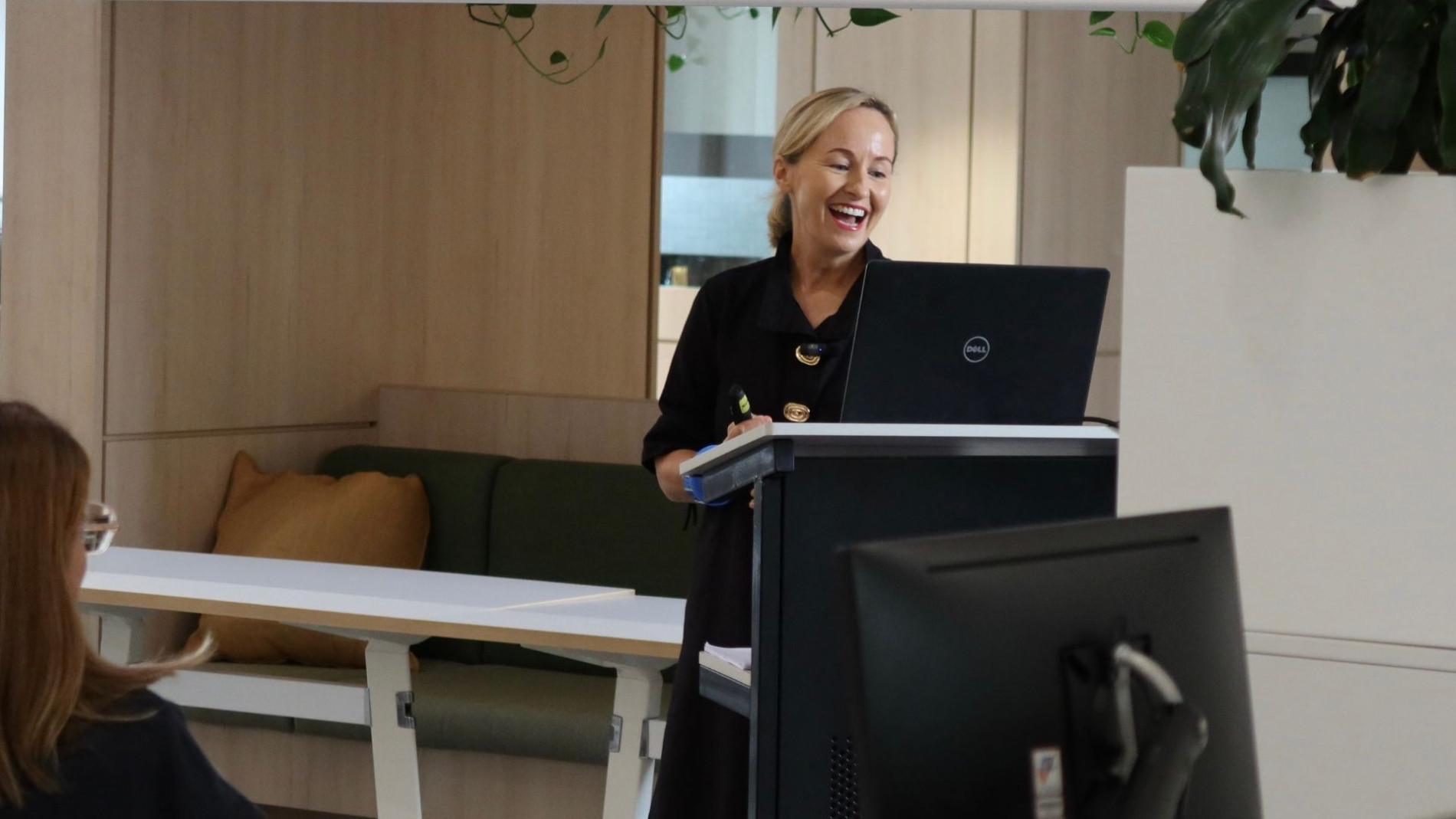
Kirsten Brown speaking at a Bespoke Careers event in Sydney in 2025.
I’m at a place now where I can actually fully commit to the work I’m doing. Now that I’m on the other side of children, my capacity to think… it’s amazing when you’re not operating a whole universe.
You get a good night’s sleep, you can think straight. You can think much deeper, for much longer.
I feel like it’s focusing more of the aim and really becoming a true expert in how the workplace impacts health and wellbeing. And that’s through formal research, through connecting, through projects. Every project you do, you learn something.
And a bit more fun. I don’t need to work 60 hours. I’m starting to do a lot more local volunteering. I love the fact I can connect with my community. That’s enriching.

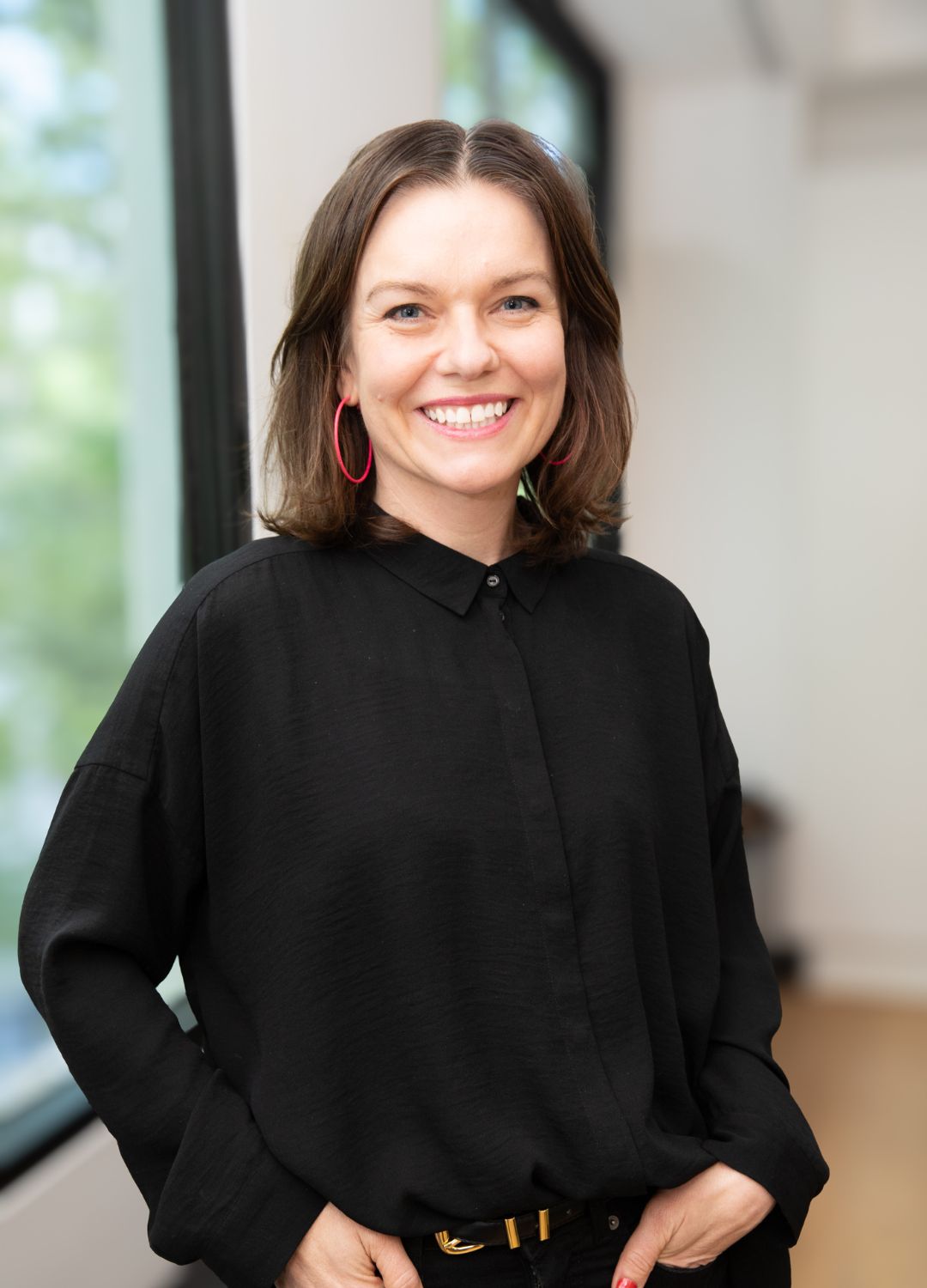
Looking to hire top talent
 or advance your career? Let's talk.
or advance your career? Let's talk.
We connect exceptional firms with talented professionals.
Let’s discuss how we can help you achieve your goals. Get in touch with the team today.
Related Posts

We asked 10 leaders and surveyed 57 professionals. The results may surprise you. They certainly surprised me.
The Bartlett In-Person Postgraduate Open Evening
Discover The Bartlett’s renowned postgraduate programmes during this informative evening with faculty and student insights.
Tamar Warburg discusses responsibility in design, hiring, and young talent driving measurable sustainability.
